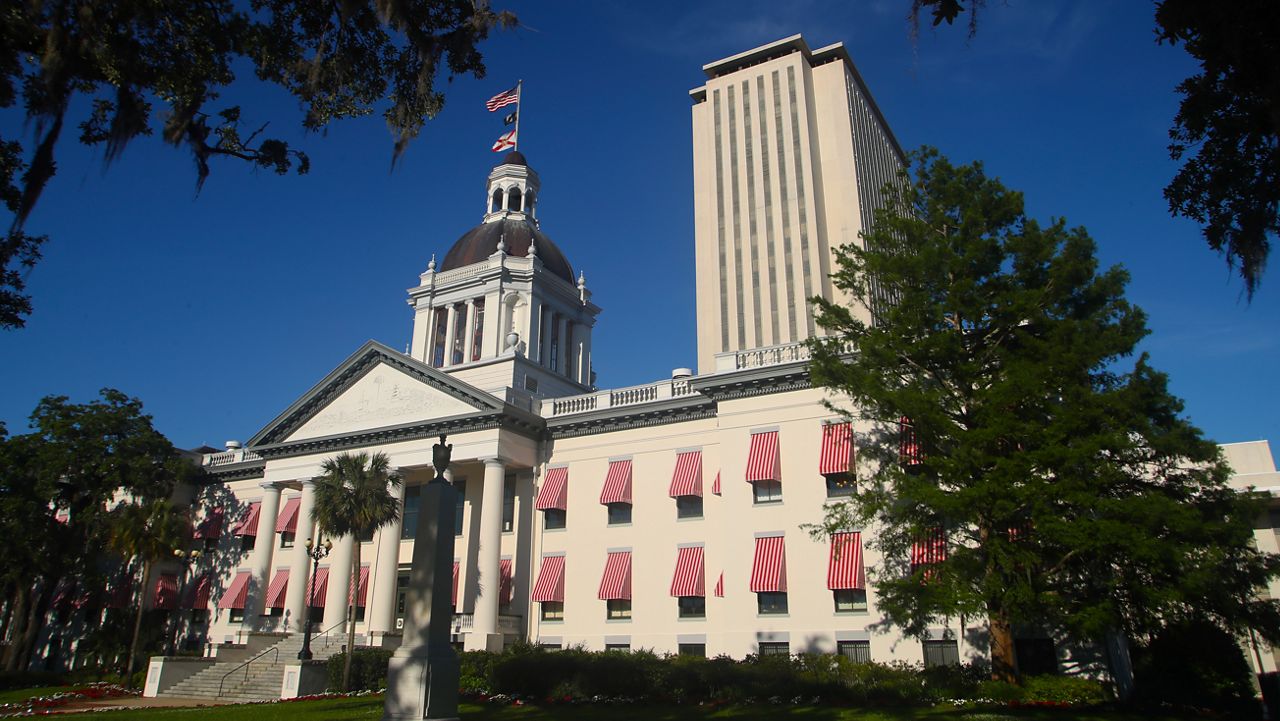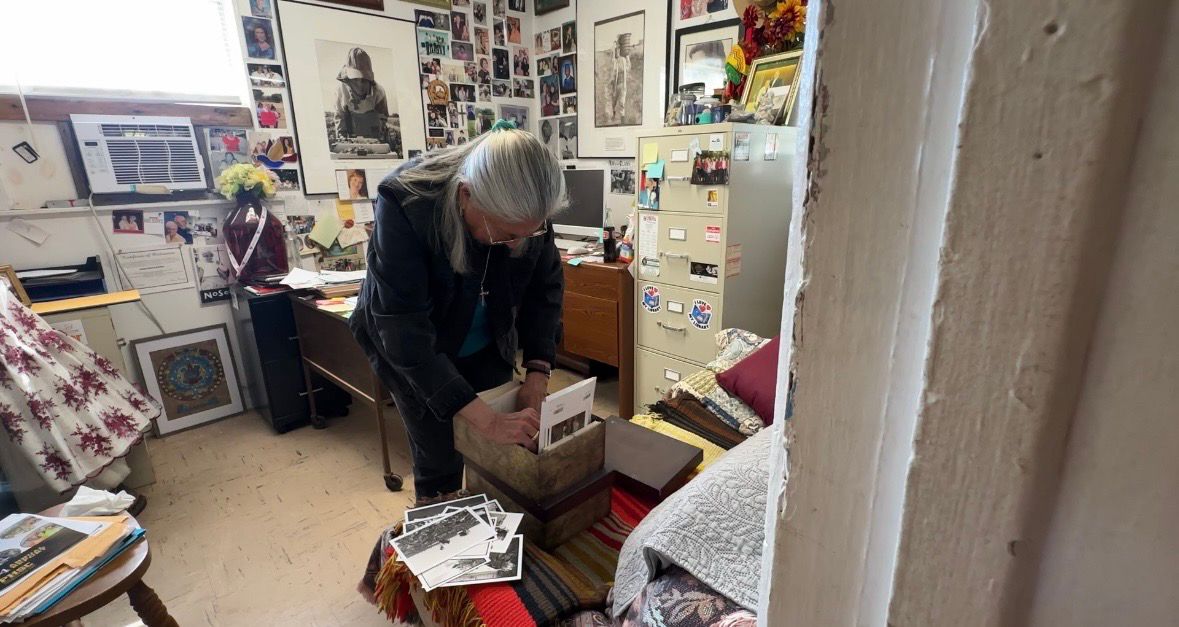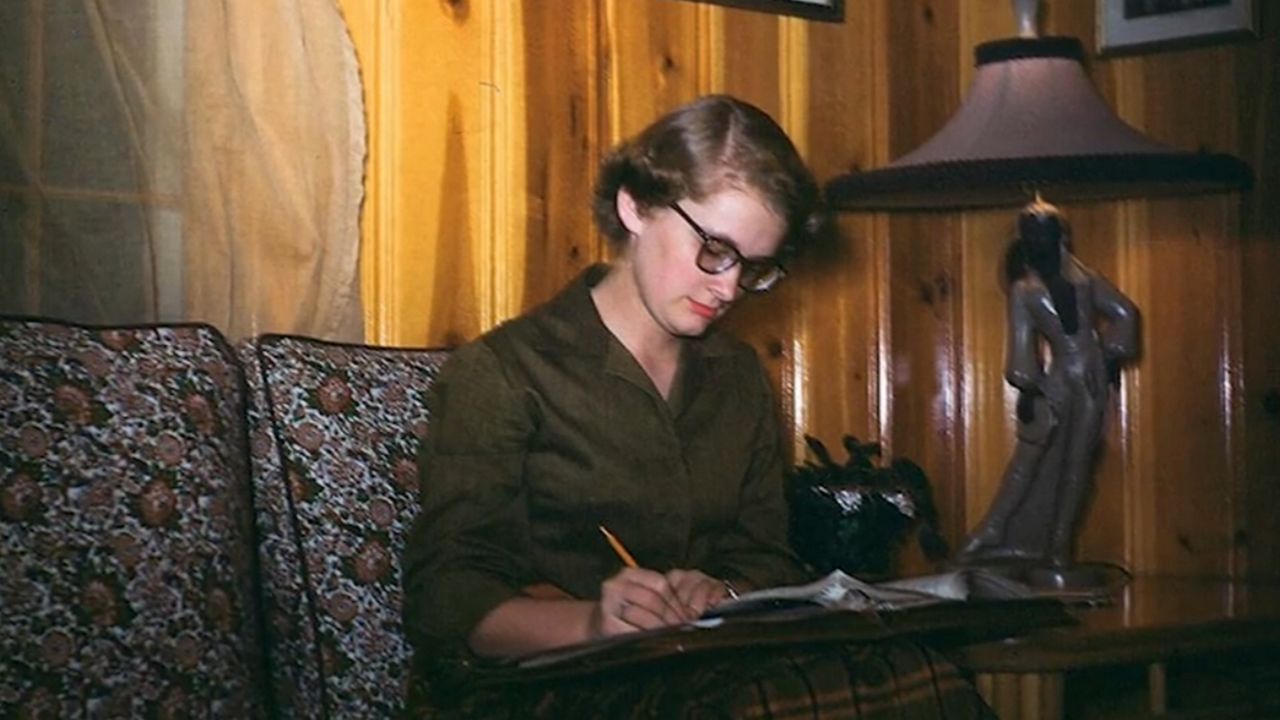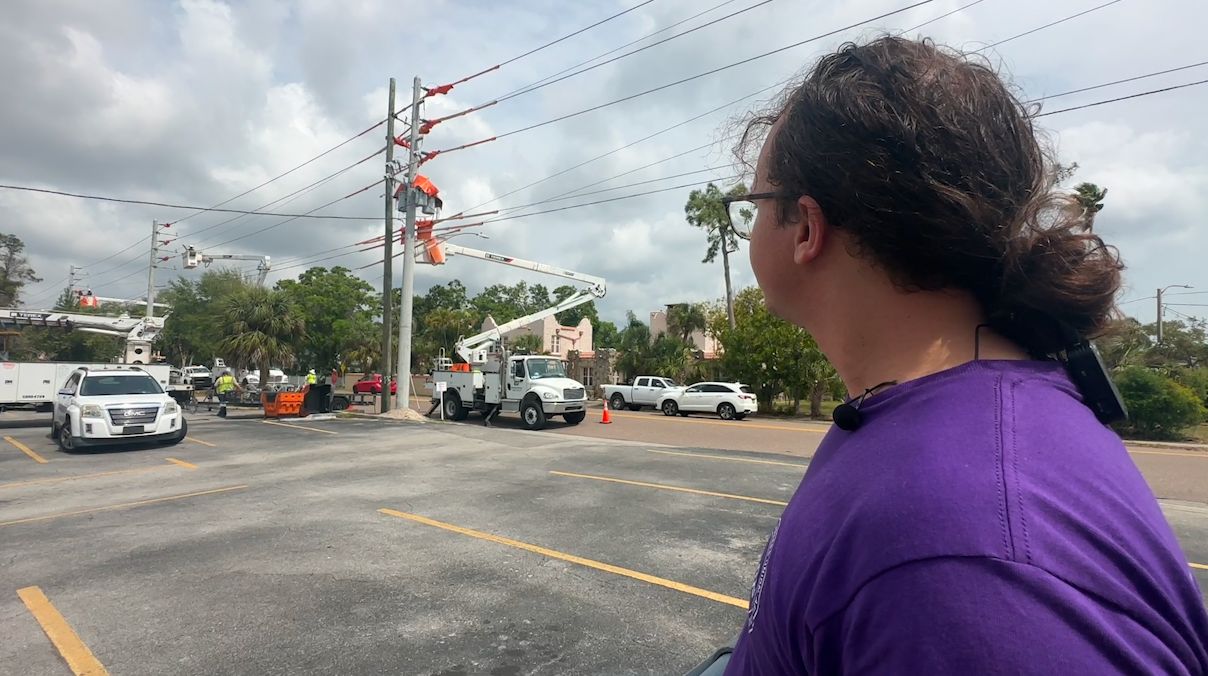MADEIRA BEACH, Fla. — Madeira Beach recently started a $3.8 million project to restore most of the groins on the city’s two mile long stretch of beach to preserve the valuable white powdery sand for visitors.
“So, (we’re) making sure that the groins continue to do their job and will keep the sand here,” said Robin Gomez, city manager. “It’ll keep it from being eroded out into the Gulf.”
Gomez said 22 of the city’s 37 beach groins need to be restored. The last time any work on the groins took place was in 2013. A contractor began the current beach groin improvement project on May 6.
“The majority of the groins are actually buried under the sand. So, they will be uncovered and the casting will be removed,” said Gomez. “They will pour cement and then cover the cement to clean up and further strengthen the groin.”
St. Pete Beach Public Works Dir. Mike Clarke said he’ll take aggressive action to mitigate flooding in the Don CeSar neighborhood after more than a dozen residents complained about the lack of response. @BN9 https://t.co/buVWR8olaD pic.twitter.com/DK1I2GMEeW
— Josh Rojas (@JoshRojasBN9) May 18, 2024
The beach groins look like a seawall, which extends out into the Gulf of Mexico. The length of each groin is 200 feet, but only the last 50 feet is visible. The groins have been spaced about 300 feet apart.
The restoration project began at 155th Avenue and will work its way south.
“The beach will remain open. The parking lots will remain open,” said Gomez. “There will be times where folks will have to walk around the barricades.”
Beach groins trap and hold the sand in place which preserves the beach. Gomez said the nearly $4 million project, which half the cost is matched by a state grant, will be worth every penny, because the sand draws millions of victors every year to Madeira Beach.
“This is our economy. This is what drives the few million people to visit,” he said. “It has driven literally tens of thousands of people to invest.”
Gomez pointed out that because of the groins, the city doesn’t need any bed tax money from Pinellas County for beach restoration and it makes the entire beach renourishment simpler.
“This does make it easier,” he said. “We don’t have to deal with the Army Corps and their requirements.”
The city has been using beach groins since 1948. Gomez said the Madeira Beach forefathers deserve a lot of credit.
“Over 70 years ago, several individuals had that idea,” he said. “Let’s see how we can keep the sand and we’re just continuing with that into the future.”
Gomez said the beach groins have a 15 year lifespan. The contractor will work around sea turtle nests which will be monitored daily by staff from the Clearwater Marine Aquarium, according to Gomez.
“They will mark and identify,” he said. “We provide the contractor the go ahead to begin the work.”
The beach groin restoration project is expected to wrap up in February.









